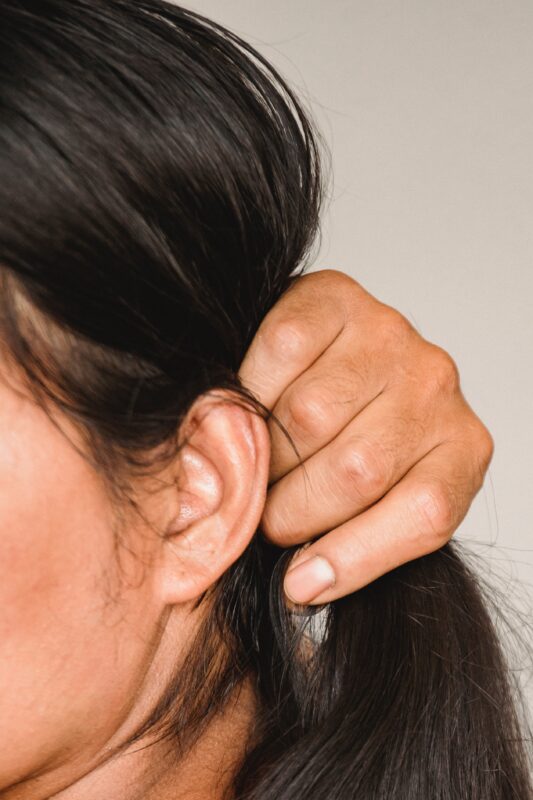Uncategorized
The Science of Sound: How the Human Ear Works

Sound is an essential part of our lives. We use it to communicate, to enjoy music and other forms of entertainment, and to stay safe by warning us of potential dangers. But have you ever stopped to wonder how our ears actually work? How do we hear and process sound? In this article, we will explore the science of sound and how the human ear works.
The Ear Anatomy,
The ear is a complex organ that consists of three main parts: the outer ear, the middle ear, and the inner ear. Each part plays a vital role in the process of hearing.
The outer ear is the part that we can see. It includes the pinna, or the external part of the ear, and the ear canal. Its primary function is to collect sound waves and direct them towards the eardrum.
The middle ear is located between the eardrum and the inner ear. It contains three tiny bones called ossicles, which are the smallest bones in the human body. The ossicles amplify the sound waves and transmit them to the inner ear.
The inner ear is the most complex part of the ear. It contains the cochlea, a spiral-shaped structure filled with fluid and tiny hair cells that convert sound vibrations into electrical signals that can be interpreted by the brain. The inner ear also contains the vestibular system, which is responsible for our sense of balance and orientation.
How We Hear,
The process of hearing begins when sound waves enter the outer ear and travel down the ear canal to the eardrum. When the sound waves hit the eardrum, it vibrates, causing the three ossicles in the middle ear to vibrate as well. The vibration of the ossicles amplifies the sound and transmits it to the cochlea in the inner ear.
Inside the cochlea, the sound waves cause the fluid to move, which in turn causes the hair cells to bend. The hair cells convert the movement into electrical signals, which are sent to the brain via the auditory nerve. The brain then interprets these signals as sound.
Types of Hearing Loss,
There are two main types of hearing loss: conductive hearing loss and sensorineural hearing loss. Conductive hearing loss occurs when there is a problem with the outer or middle ear that prevents sound waves from reaching the inner ear. This can be caused by a blockage in the ear canal, a perforated eardrum, or damage to the ossicles.
Sensorineural hearing loss, on the other hand, occurs when there is damage to the hair cells or the auditory nerve in the inner ear. This type of hearing loss is typically caused by aging, exposure to loud noise, or certain medical conditions.
The human ear is an amazing organ that allows us to hear the world around us. Understanding how the ear works and the different types of hearing loss can help us take better care of our ears and seek appropriate treatment when necessary. By protecting our ears and being aware of the signs of hearing loss, we can continue to enjoy the many benefits that sound brings to our lives.


